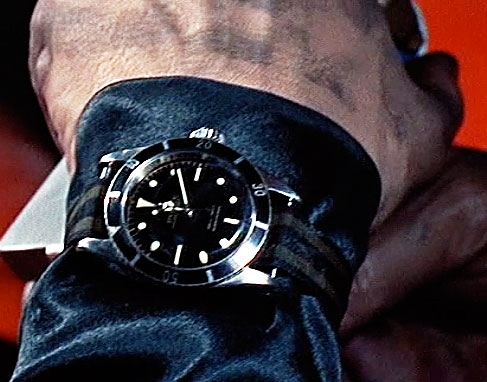I have to admit that it is absolutely amazing how much I have been learning about Rolex by writing and researching the design history of Rolex. Somebody once said that when one teaches–two learn, and that is extremely true here.
To be candid, I was never really that interested in the mechanical side of Rolex watches. I just thought they looked great, were timeless in design and very sturdy, but I am becoming fascinated with how they work mechanically.
Even though I publish this blog, and may know more than the average bear about Rolex, there is much more that I don't know. I am careful not to put my opinion forth as fact if I do not know it to be, but I think I am beginning to understand the Blue Parachrom Hairpring and its major historical significance.
This is pure speculation on my behalf, but I think when Rolex decided to bring back the Milgauss they put the new Blue Parachrom Spring in it because it is antimagnetic and helps the watch keep even more precise time. I say this because the Milgauss was the first watch to get the Blue Parachrom Hairspring.
Everybody seemed to be suprised when Rolex started putting it in many of their new models including the Daytona, GMT II and Explorer II. It seems to me that Rolex decided that since it keeps the best time that it should be in all their watches. I may be wrong with my conjecture, but that is my best guess.
Rolex shares the detail of this amazing design way better than I ever could–in the brochure below. The Rolex Brochure points out that the actual diameter of the Blue Parachrom Hairspring is only 1CM. Amazing!!! Just Amazing!!!

THE GAURDIAN
OF TIME.
A watch is only as precise as its oscillator is regular. Conventional oscillator hairsprings are made of ferromagnetic iron-nickel-chromium alloys, leaving them vulnerable to magnetic fields and shocks.
After five years of research, Rolex created the blue Parachrom hairspring.
Crafted from paramagnetic niobium-zirconium-oxygen alloy, it is not affected by magnetic fields and is 10 times more resistant to shocks. Its unique blue color is the result of expanding the layer of oxide at the surface by about 50-100 nanometers for long term-stability. Historically, bluing the hairspring has been a sign of prestige reserved for only the most accurate timepieces. Today, it guarantees the accuracy of your Rolex.


















































































